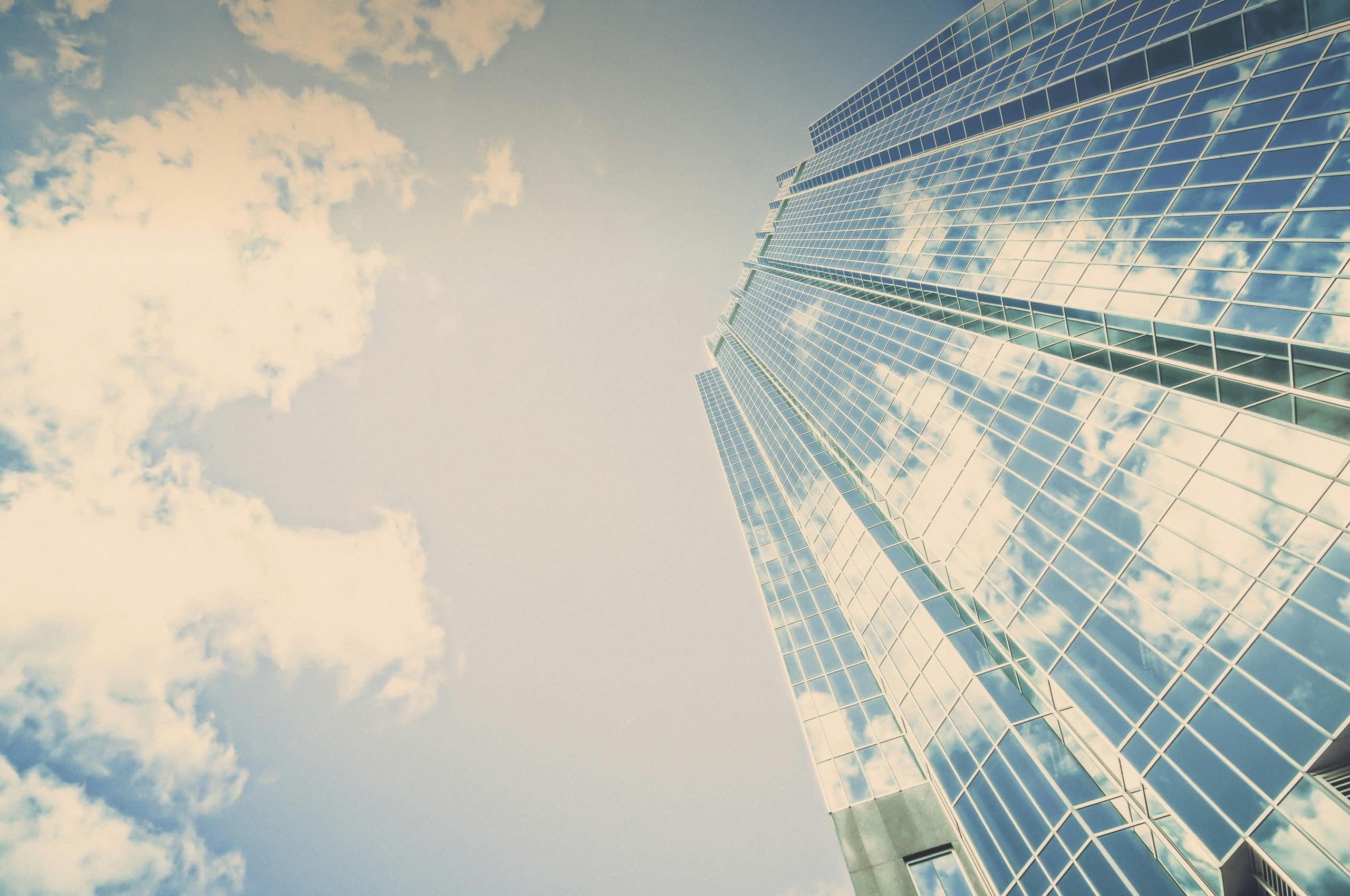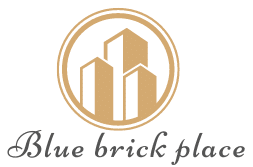What Are the Key Strategies for UK Businesses to Implement Green Building Practices?

Introduction
As the global focus on climate change intensifies, UK businesses are increasingly recognizing the importance of adopting green building practices. These strategies not only contribute to a more sustainable future but often result in long-term cost savings. By integrating sustainable construction methods, businesses can significantly reduce their carbon emissions and environmental impact. In this article, we will explore key strategies for implementing green building practices in the UK, focusing on energy efficiency, sustainable materials, and innovative design.
Energy Efficiency: The Cornerstone of Sustainable Building
Energy efficiency is a fundamental aspect of sustainable building practices. By reducing energy consumption, businesses can lower their operational costs while minimizing their carbon footprint. One of the most effective ways to achieve energy efficiency is through the use of modern, energy-efficient building technologies. For instance, LED lighting and advanced HVAC systems can dramatically cut energy use.
En parallèle : What Are the Effective Methods for UK Education Providers to Use AI in Personalized Learning?
Moreover, building design plays a crucial role in energy efficiency. Businesses should invest in insulation, double-glazed windows, and other measures to ensure that buildings retain heat during winter and stay cool in summer. Proper orientation of the building to maximize natural light and ventilation also reduces the need for artificial lighting and air conditioning.
Adopting renewable energy sources is another critical strategy. Solar panels, wind turbines, and geothermal systems can provide clean energy, reducing reliance on fossil fuels. The UK government offers various incentives to encourage businesses to invest in renewable energy solutions, making this a financially viable option.
En parallèle : How Can UK Gyms Use Wearable Technology to Track Member Progress and Goals?
Lastly, smart technology can significantly enhance energy efficiency. Smart meters, automated lighting systems, and energy management software enable businesses to monitor and optimize their energy usage in real time. These tools provide valuable insights, allowing for continuous improvements in energy efficiency.
Choosing Sustainable Building Materials
The selection of building materials has a profound impact on the sustainability of a project. Sustainable building materials are those that are sourced responsibly, have low environmental impact, and contribute to the overall efficiency of the building. For instance, using recycled materials or those that can be easily recycled at the end of their life cycle can substantially reduce waste.
Timber from sustainable forests, bamboo, and straw bales are excellent examples of renewable building materials. These materials are not only environmentally friendly but also offer good insulation properties, contributing to the building's energy efficiency. Furthermore, locally sourced materials reduce transportation emissions and support the local economy.
Innovative materials like cross-laminated timber (CLT) and hempcrete are gaining popularity due to their durability and sustainability. CLT, for example, is a strong, versatile material that can be used in various construction applications, while hempcrete offers excellent insulation and carbon sequestration properties.
The use of low-VOC (volatile organic compound) paints and finishes is also crucial. These products emit fewer toxins, improving indoor air quality and creating a healthier environment for occupants. Additionally, implementing a waste management plan during construction ensures that materials are used efficiently, and waste is minimized.
Innovative Design for a Sustainable Future
Innovative design is at the heart of sustainable construction. Thoughtful design can enhance a building's energy performance, reduce waste, and create a comfortable and healthy environment. One key aspect of innovative design is the integration of passive design principles. These principles utilize the building's orientation, thermal mass, and natural ventilation to maintain comfortable temperatures without relying heavily on mechanical systems.
Green roofs and walls are another innovative design feature. These elements not only improve the building's insulation but also provide additional green space, which can enhance biodiversity and reduce the urban heat island effect. Green roofs can also manage stormwater runoff, reducing the risk of flooding.
The concept of a circular economy is increasingly being applied to building design. This approach focuses on designing buildings that can be easily deconstructed and their materials reused or recycled at the end of their life cycle. This reduces waste and resource consumption, promoting a more sustainable built environment.
Government Policies and Incentives
Government policies and incentives play a pivotal role in encouraging businesses to adopt green building practices. In the UK, various regulations and standards have been established to promote sustainable construction. For example, the Building Regulations 2010 set out requirements for energy efficiency, while the BREEAM (Building Research Establishment Environmental Assessment Method) provides a framework for assessing the environmental performance of buildings.
In addition to regulations, the UK government offers several incentives to support sustainable building practices. Grants and loans are available for businesses that invest in energy-efficient technologies and renewable energy systems. The Green Homes Grant and Smart Export Guarantee are examples of schemes designed to make sustainable investments more accessible.
Moreover, the government is implementing policies to drive the transition to a low-carbon economy. The Net Zero Strategy aims for the UK to achieve net-zero carbon emissions by 2050. Businesses that align their practices with this strategy can benefit from increased support and recognition.
Long-Term Benefits of Sustainable Building Practices
Adopting sustainable building practices offers numerous long-term benefits for UK businesses. Financial savings are one of the most significant advantages. Energy-efficient buildings have lower operational costs, and the initial investment in sustainable technologies often pays off over time. Furthermore, businesses can take advantage of government incentives and reduce their tax liabilities through energy efficiency and renewable energy investments.
Sustainable buildings also tend to have higher property values and attract more tenants. As awareness of environmental issues grows, businesses and consumers alike prefer to associate with companies that demonstrate a commitment to sustainability. This can enhance a company's reputation and provide a competitive edge in the market.
Moreover, sustainable buildings contribute to the well-being of occupants. Improved indoor air quality, natural lighting, and comfortable temperatures create a healthier and more productive environment. This can lead to increased employee satisfaction and reduced absenteeism, further boosting business performance.
Finally, adopting sustainable building practices contributes to the global fight against climate change. By reducing carbon emissions and minimizing environmental impact, businesses can play a significant role in creating a more sustainable future for all.
Conclusion
Implementing green building practices is essential for UK businesses aiming to achieve sustainability and long-term success. By focusing on energy efficiency, choosing sustainable materials, embracing innovative design, and leveraging government policies and incentives, businesses can significantly reduce their carbon footprint and environmental impact. The benefits of sustainable building practices extend beyond environmental considerations, offering financial savings, improved reputation, and a healthier work environment. As we progress towards a more sustainable future, these strategies will become increasingly vital in addressing the challenges posed by climate change and ensuring the well-being of future generations.
